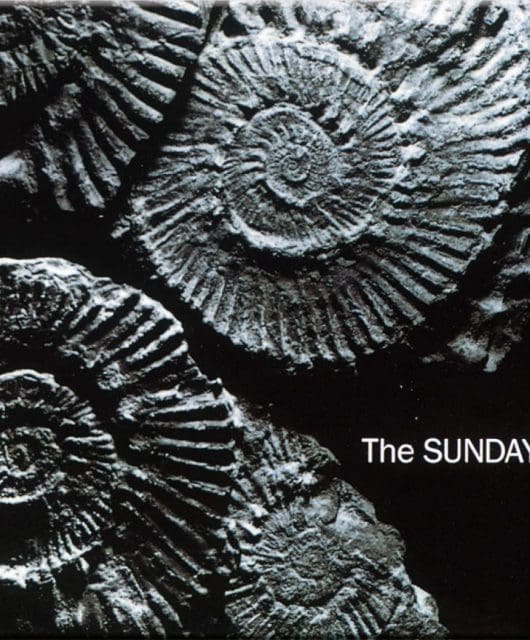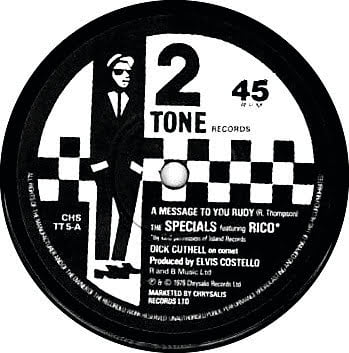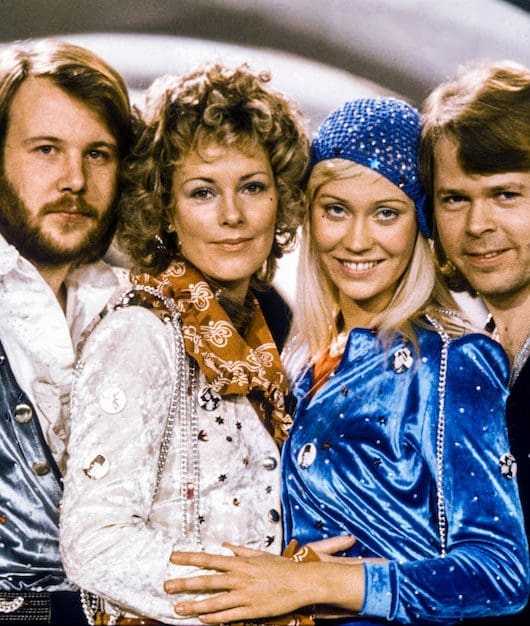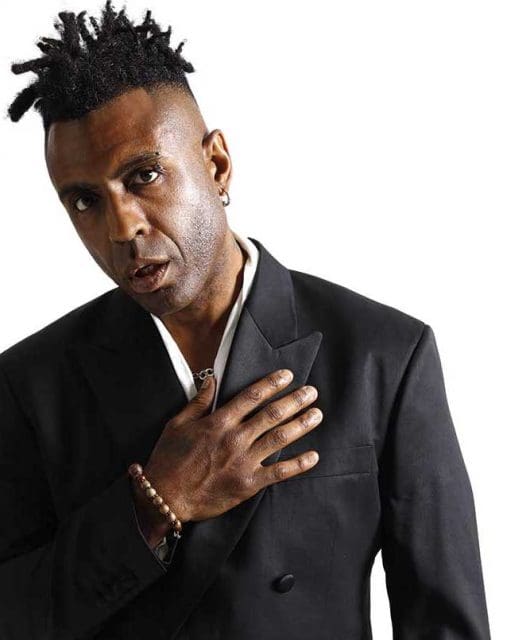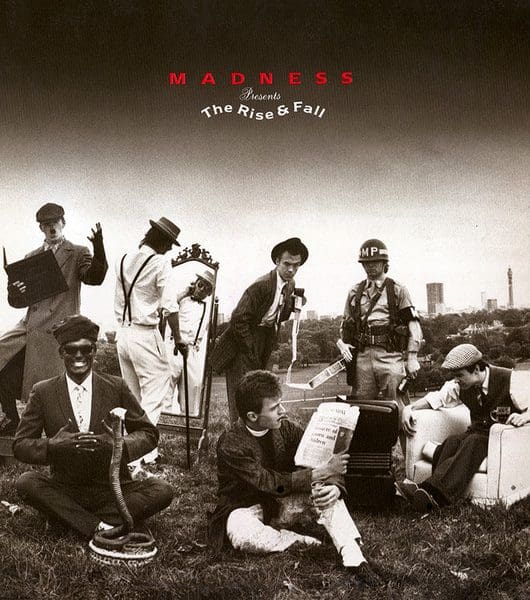Interview: Belinda Carlisle remembers Heaven On Earth
By Steve Harnell | December 12, 2022
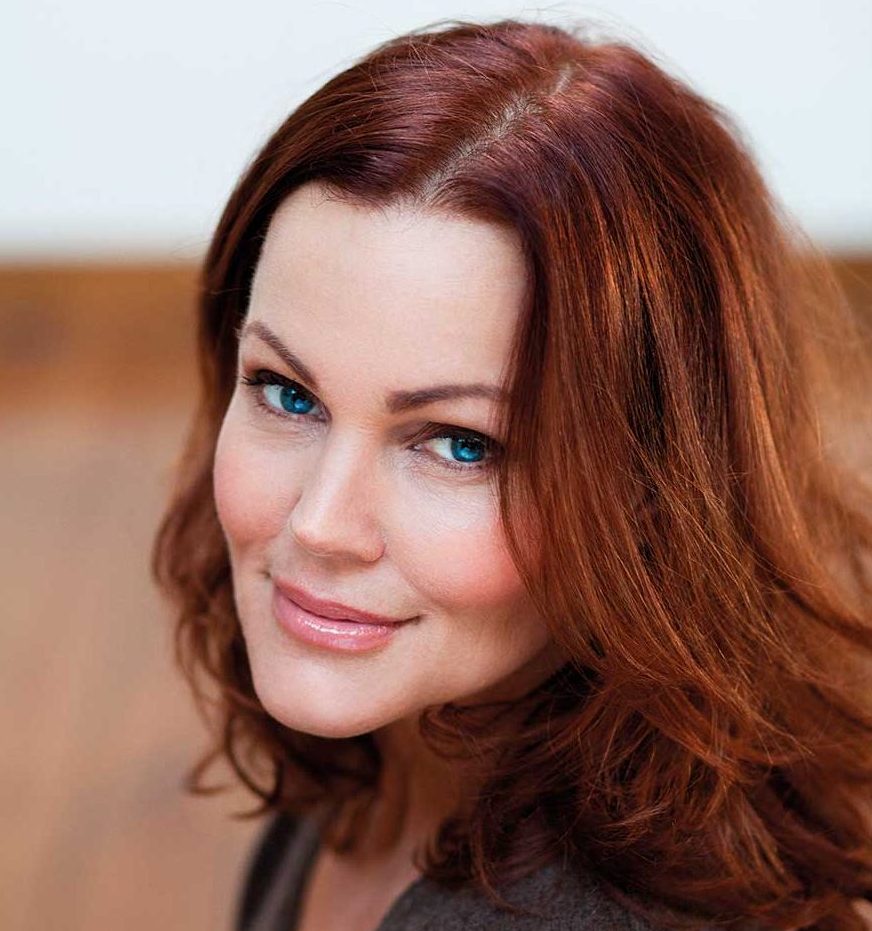
From the groundbreaking Go-Go’s to a globally successful solo career, Belinda Carlisle has lived life in the fast lane and overcome substance abuse with meditation, mantras and yoga. In 2017, Classic Pop met the iconic Californian singer as she marked the 30th anniversary of her classic Heaven On Earth LP…
“I may not look like it, but I have a punk rock heart. I always give Iggy Pop total credit for who I am. When I saw the cover of Raw Power – that completely changed my life.”
So, for Belinda Carlisle it all starts with the eyelinered visage of James Newell Osterberg Jnr glaring menacingly out from The Stooges 1973 landmark album. Perhaps we can see more synchronicity, too.
Like the iconic frontman, Carlisle has struggled to conform to music biz stereotypes, battled various addictions and now emerged in later years as someone far more at peace with themselves.
When I meet the star in a swanky London hotel, she’s simultaneously looking back at her storied career and to the future.
A 30th anniversary reissue of Belinda’s much-loved LP Heaven on Earth is being released the same day as her first new solo record in a decade, Wilder Shores, a chant album linked to her 20-year practice of Kundalini yoga.
But first, let’s hit the rewind button. Everything for Carlisle begins with punk, and in the nascent gritty Los Angeles scene to be exact.
Belinda was a major player in the compact yet bijou LA punk landscape of the late-70s. After running away from home in her teens and dabbling in drugs, she found a focus in the burgeoning punk scene at clubs like the Whisky A Go Go and The Masque.
Casting herself as Dottie Danger, she flirted with playing drums in The Germs alongside Pat Smear (ex-Nirvana and now plying his trade in the Foo Fighters) but left the band due to ill health without making a significant contribution.
Is there an alternative universe where Carlisle is still playing spit and sawdust club gigs in a punk outfit?
“Oh my God, that’s my core. I’m contrary by nature,” she explains. “That’s just who I am. It’s funny that when I was in the LA punk scene we used to see the white Sikhs with their turbans and think that was totally punk rock – and that’s kinda where I’ve now ended up.”
TEENAGE KICKS
Despite seeming like a typical teenage act of rebellion, Belinda was actually drawn into the scene by the music rather than the parent-baiting lifestyle.
“When I was in high school we’d go to the record store on the Boulevard and wait for the twice-monthly NME and Melody Maker to see pictures of the Sex Pistols and the whole scene in London. That record store changed my life.

“I grew up with Californian radio and then it really changed – it started playing The Doobie Brothers, Seals and Crofts and the Eagles – I love them now but didn’t have an appreciation for them then – it was a drag.
“Then Roxy Music arrived – I saw pretty much everyone who came through LA in those days when I was in my late teens.
“The LA punk scene was just 50 kids or so. When The Police – who were punk back then – came to town there was hardly anybody there. Nobody knew about that kind of music at all. It grew really quickly with places like The Masque and other little clubs. Then the Whisky started booking punk bands.
“That was at the time when Van Halen was playing the Whisky. I remember Eddie Van Halen and his brother Alex crashing punk shows and jumping on stage yelling: ‘Fuck you! You’re all a bunch of losers!’ and we were shouting ‘Fuck you!’ back at them. They were saying our music was shit etc…
“The LA punk scene was more about art – it was a bit lighter than in New York. New York is a tough place, it certainly was in the late-70s.
There was a certain degree of anger there but it wasn’t of a political kind. We were trying to be English with this faux anger.
“There was nothing to be angry about in California in the late-70s except if you came from a dysfunctional family.”
Ahh, that word ‘dysfunctional’. Carlisle’s family life was indeed far from idyllic and her teenage decision to leave home left her searching for a new direction.
After that brief dalliance with The Germs, she was to find her calling by forming a band with Jane Wiedlin on guitar, bassist Margot Olavarria and Elissa Bello behind the drum kit.
The Misfits, soon became The Go-Go’s and the story of the most influential girl band of all time was off and running.
GOING TO A GO-GO
Support for the band as a live act was instantaneous but securing a record deal was far trickier; Belinda experiencing for the first time an ingrained sexism and conservatism in the US record industry that was hard to shake off.
“We had no idea what to do, how to even plug our guitars into amps. We started from nothing,” Carlisle adds with a shrug. “We rehearsed at The Masque and shared a rehearsal room with The Motels. All the bands would give us lessons: ‘Oh those poor pathetic little Go-Go’s’. We rehearsed every evening after work.
“The first show we did, we played three songs – the first song twice. We never had any problem right from the beginning. There was always an audience, I guess because we were a curiosity, we had a big following. Nobody would sign us although you couldn’t get a ticket to a Go-Go’s show.
“Early on, we toured in the UK with Madness and The Specials. Then we went back to the States all of a sudden because Madness insisted on Stiff Records releasing We Got The Beat. The label didn’t want to – they hated The Go-Go’s. They only did it because Madness kinda forced them to.
“Then it became an import dance hit and that changed everything. And still nobody would sign us – they’d say there’s been no track record of an all-female band that has been successful. We love you, but sorry…
“Those first UK shows were scary. It was really violent at times. We had no money and were eating leftovers from other bands and lived on £3 a day. If we wanted to get high we’d drink cough syrup as we couldn’t afford beer.
“Then we’d go on stage and open for these bands in front of a bunch of scary skinheads gobbing on us. Of course, being the frontperson I was covered in all this gob. We paid our dues! We worked really hard.
“There was lots of racial tension, lots of fight, lots of blood. I remember this really violent gig in Coventry. Really bad. The racial thing over here [in the UK] was scary. Back home, the tension came from the establishment not understanding what the kids were doing.”
MILES AHEAD
Enter Miles Copeland (brother to tubthumping Police member Stewart). Copeland’s IRS Records brought to the world the likes of R.E.M, The Bangles, Berlin, The Cramps, The Dead Kennedys, his son’s band (naturally) and The Go-Go’s.
“Miles saw the potential. We had all these dreams of being on CBS or EMI but no, it was on IRS. It actually turned out to be a great thing. They weren’t expecting us to sell so many records.
“We had to settle an agreement for our royalties as they couldn’t handle it, it was such an explosion. It was all good in the end but there was a lawsuit.
“It was kind of a blur. We didn’t have any time off. We didn’t know we could say no to things and were on the road for two-and-a-half years straight. We were here for like three months in the UK on that original tour. Then we went back to New York to record Beauty and the Beat.”
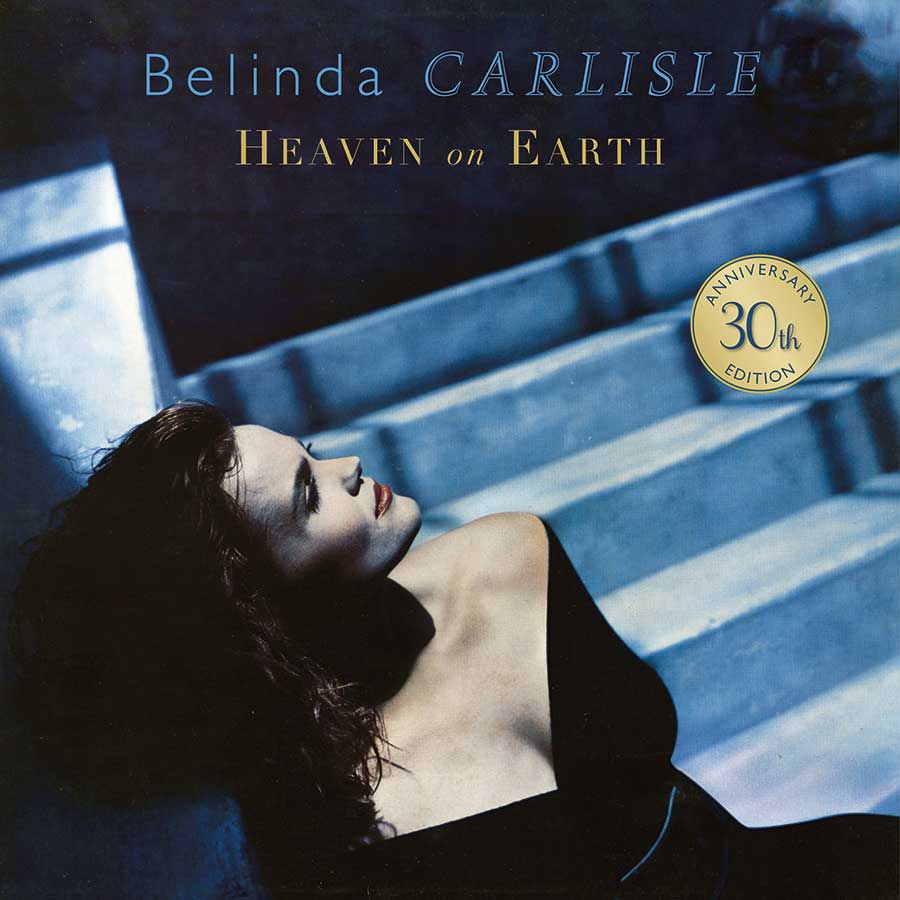
One of the most successful debut albums of all time, Beauty and the Beat topped the US charts for six weeks in 1981, shifting an impressive two million copies in the process.
Classic hits came thick and fast including We Got The Beat and a co-write with Terry Hall on Our Lips Are Sealed. The darkness begins to descend as chaos ensues.
The Go-Go’s soon racked up a dubious reputation as out-of-control party animals, more than holding their own against male contemporaries on the drink and drugs front. Carlisle was an unapologetic ringleader.
- Read more: Jane Wiedlin interview
Despite inter-band squabbling and substance abuse taking its toll, a fractious follow-up Vacation arrived a year later but by 1984’s Talk Show album, the wheels had well and truly come off.
“The band started falling apart after Jane decided to leave. She was one of the founding members and main songwriters. There was no Go-Go’s without Jane,” adds Carlisle.
“There were lots of drugs around which is well documented. Lots of publishing issues and splits within the band, too. We tried to replace Jane but it didn’t work so we split up.”
Part of the original acrimony in the band was the amount of attention Carlisle received as frontperson. After a show at the Rock in Rio festival in 1985, Carlisle and guitarist Charlotte Caffey decided to call time on the band.
Naturally, the world was waiting for Belinda to go it alone. Just over a year later, the stylists were wheeled in and a freshly-minted pop-friendly solo artist was born.
- Read more: Belinda Carlisle – album by album
“It was very intimidating going solo. I had to really find my feet. It took a long time, now it’s like riding a bike, I can switch gears and just do it – it’s a blast. I was really insecure about being out there as the complete focus. I couldn’t bounce things off of other people on stage.”
Carlisle’s opening gambit as a solo artist was her 1986 debut Belinda. The record, buoyed by the Top Three success of Mad About You featured a collaboration with Fleetwood Mac’s Lindsey Buckingham on Since You’ve Gone and a continued relationship with Charlotte Caffey.
“She’s an amazing songwriter and was a great support to me when the band broke up. We were always close friends and also bonded in early sobriety. I was trying to get sober and so was she.
“There were a lot of different reasons why it made sense to work together. We get each other. We were both born and raised in California so we have that same sensibility. We have the same musical tastes and our relationship is really intuitive. We’ve known each other for 40 years now.”
If Belinda was a manageable taste of solo success then it was its follow-up, 1987’s Heaven on Earth that fired Carlisle into the pop stratosphere where she began going toe-to-toe with the likes of Madonna and Whitney Houston as one of the 80s biggest female solo stars.
The stardom was magnified, but the self-doubt remained. Belinda was still struggling with addictions and added body image issues to her other demons.
- Read more: Belinda Carlisle 2021 interview
“It was really complex but I was asking ‘Am I really worthy of this?’. I felt like an imposter for years particularly on my first few solo albums,“ Carlisle explains. “I remember doing a show in Manchester on the Heaven on Earth Tour and looking out the window of the arena and thinking ’why the fuck are they here to see me?’.
“I still have the potential to do that to myself but not as much as I used to. I’ll still do a show and focus on the one person that isn’t having a good time, though. In the past 15 years I’ve finally felt, ’yep, this is what I’m meant to be doing!’”
A CHANGE IS GONNA COME
Carlisle’s imperial pop phase saw continued success with 1989’s Runaway Horses and fourth solo album Live Your Life Be Free two years later.
But struggling to live up to the California beach babe stereotype imposed on her by the record industry and media, the pop game was beginning to lose its lustre for Carlisle.
“Right after A Woman and a Man (her album from 1996), I was dropped from my record company. It was on my 40th birthday! It was the best thing that could have happened to me, though. I’d been on that treadmill since I was 18 years old. I was in the throes of addiction, too.
“That last album is terrible – I can’t even listen to it. I think there’s a couple of decent songs but for the most part it’s not very good. I was going through a lot of personal stuff so I had to sort that out first.
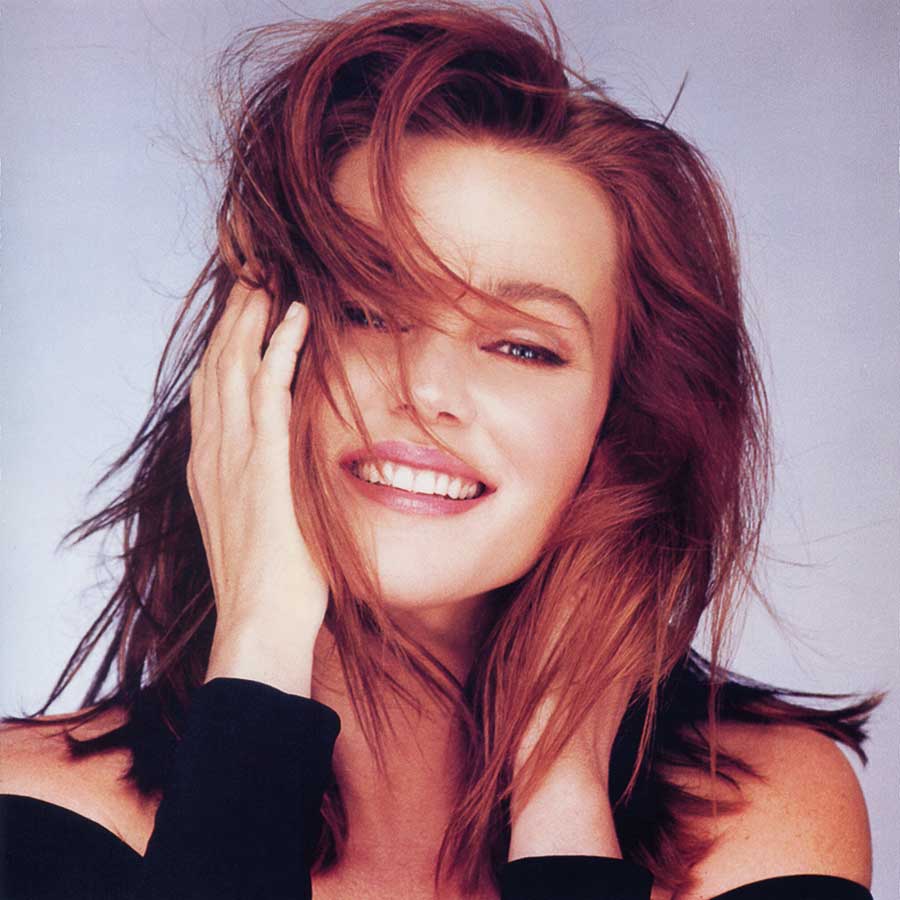
“My family and I moved to France in 1994. My son was born on the day of the LA Riots in 1992 and that planted a seed. My idea of having a successful life has never been driving a Mercedes or living in a big house – I have zero desire for that. I think my husband is on the same track. It’s more about freedom than anything else.
“My husband works at [Hollywood talent agency] William Morris and we went to the 40th anniversary of the top guy in the company at some country club and I thought to myself ‘Is this where it’s all going to end?’ – that’s really depressing.
“We were reading a lot of Peter Mayle books [The Brit author behind A Year in Provence] and watching To Catch A Thief over and over again – so we thought South of France! We gave it six months and ended up staying for 22 years.
FULL OF EASTERN PROMISE
Belinda now calls Bangkok home. “It’s like Disneyland meets the Wild West! Really mental,“ she says. “It’s a weird city because it’s a throbbing metropolis but also Buddhist and really chilled out.
“There’s none of the aggression and aggravation or that city ‘anger’ thing. We have the benefit of both worlds. I love Asia. It’s exciting and I love the energy there.”
Ditching the pop world – at least in the studio, Carlisle still plays her back catalogue of hits for fans at live shows around the world – meant a change in musical direction. After 11 years away came Voilà, a French language album which saw her reinterpret classic songs from her adopted country.
“It’s 20 years since my last traditional pop album. Voilà made sense as I was living in France at the time and I always felt there was a little bit of a chanteuse lurking within me. Lyrically, that was like a character I was playing.
“The last 20 years of my life – and especially the last 15 – has seen me chanting and getting into a whole other genre of music. Devotional music is pretty much all I listen to now plus Maria Callas, Fleetwood Mac and some Depeche Mode. I still love them.”
CHANTS IN A MILLION
Now comes Wilder Shores. Carlisle’s most experimental work to date features seven mantras deftly moulded into traditional Western pop settings. “I tried doing this album five years ago and there was just no way it was going to work. I just wasn’t ready for it because it’s not just singing, it’s a whole other thing.
“In some ways, it was even more complicated than Voilà. I went through Kundalini teacher training twice and learned about the effects of mantra. Then I had to find the chants that were most effective for me – it’s been a three-year process.
“The type of yoga and chanting that I do is pretty complicated because there are thousands of mantras and hand and arm positions that you use in combination with the mantras and breathing techniques. It’s a proven science. In pronouncing the words correctly you activate your glandular system by hitting the meridian points on the top of your mouth.
“I could never be a traditional devotional music singer, I’m a pop singer, that’s all I know. The way the album was going to work for me was to take the repetitive mantras and put them into a pop song format where there’s a verse, a bridge, a chorus and sometimes a middle eight.
“I never learned to play a musical instrument and I should have. I could have written a lot of songs. I just stopped at the F chord. That was the end of me! Over the years, my contributions have been mostly lyrics – on Wilder Shores, though, it’s all melodies.
“The mantras have a lot of power behind them and have the ability to change the atmosphere energetically – that’s been proven. What I’m hoping – especially in this crazy world – is to bring more people to the practice.
“This is a pop album, though. I hope it tweaks peoples’ curiosity. Some fans will like it, others have already said ‘I hope this album will be in English’. This record is not for everybody and isn’t meant to be.”
MEDITATIONS ON TRUMP
Carlisle may not have lived in the States for more than two decades, but she remains a passionate and outspoken political advocate for the country.
The rise of Donald Trump has been a particular cause for concern. “Having a gay son has made me a lot more socially and politically active. I don’t like where the US is going. I do think that Wilder Shores can help, I know that sounds corny, but I really think it can.
“When you sit back and take everything for granted, it’s only when some monster gets into office that you realise how lucky you are and how you’ve got to fight to keep it. If it’s made people more socially and politically aware then that’s a really positive thing.
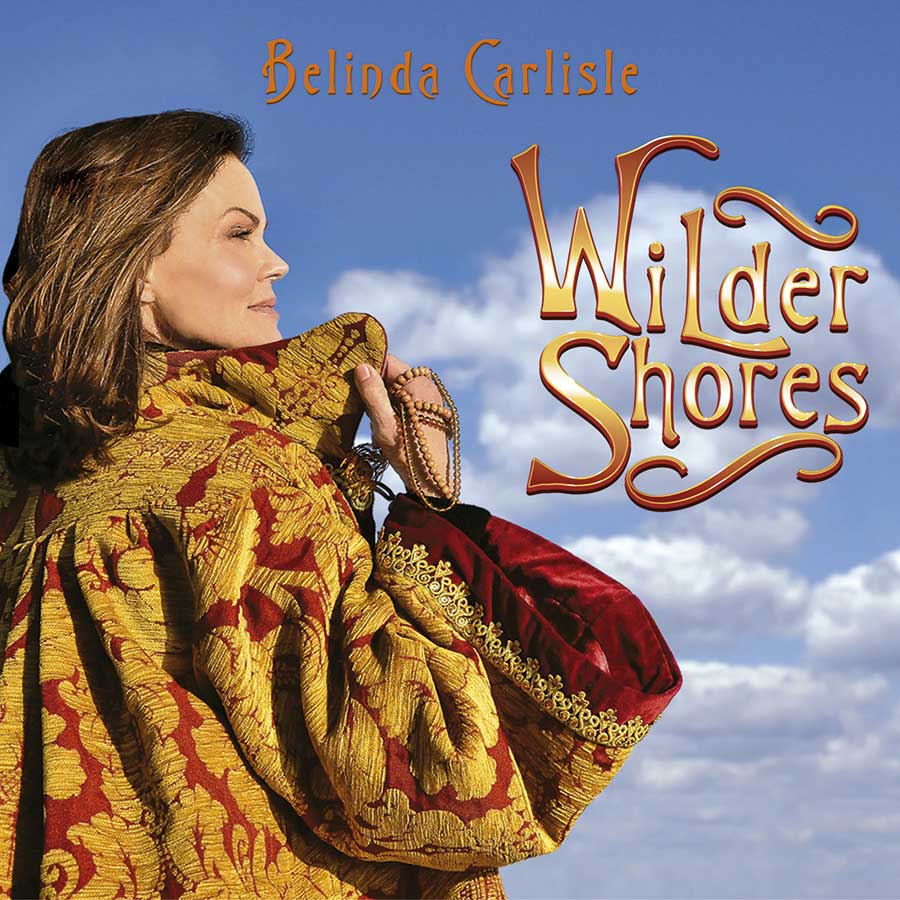
“I got back into Transcendental Meditation again after Trump won the election. I thought ‘I need all the help I can get!’ With the yoga and chanting it changes your perspective on things, it changes your state of mind, it puts you in the rhythm of everything around you.”
As well as calming political anger, Carlisle’s lifestyle changes have led her to turn her back on drink and drug addiction. The singer has been sober since the mid-00s.
“I don’t even think about it now. When I was done, I was done. I can be around people drinking or smoking pot, but I can’t be around those doing coke. That makes me really uncomfortable. I don’t miss it. It’s so far removed from me now.
“I was heavy into the 12-Step programme, that got me sober but the yoga and chanting takes me to a whole new level. If you’re always pushing against the tide, it just keeps coming back at you.”
- Want more from Classic Pop magazine? Get a free digital issue when you sign up to our newsletter!


